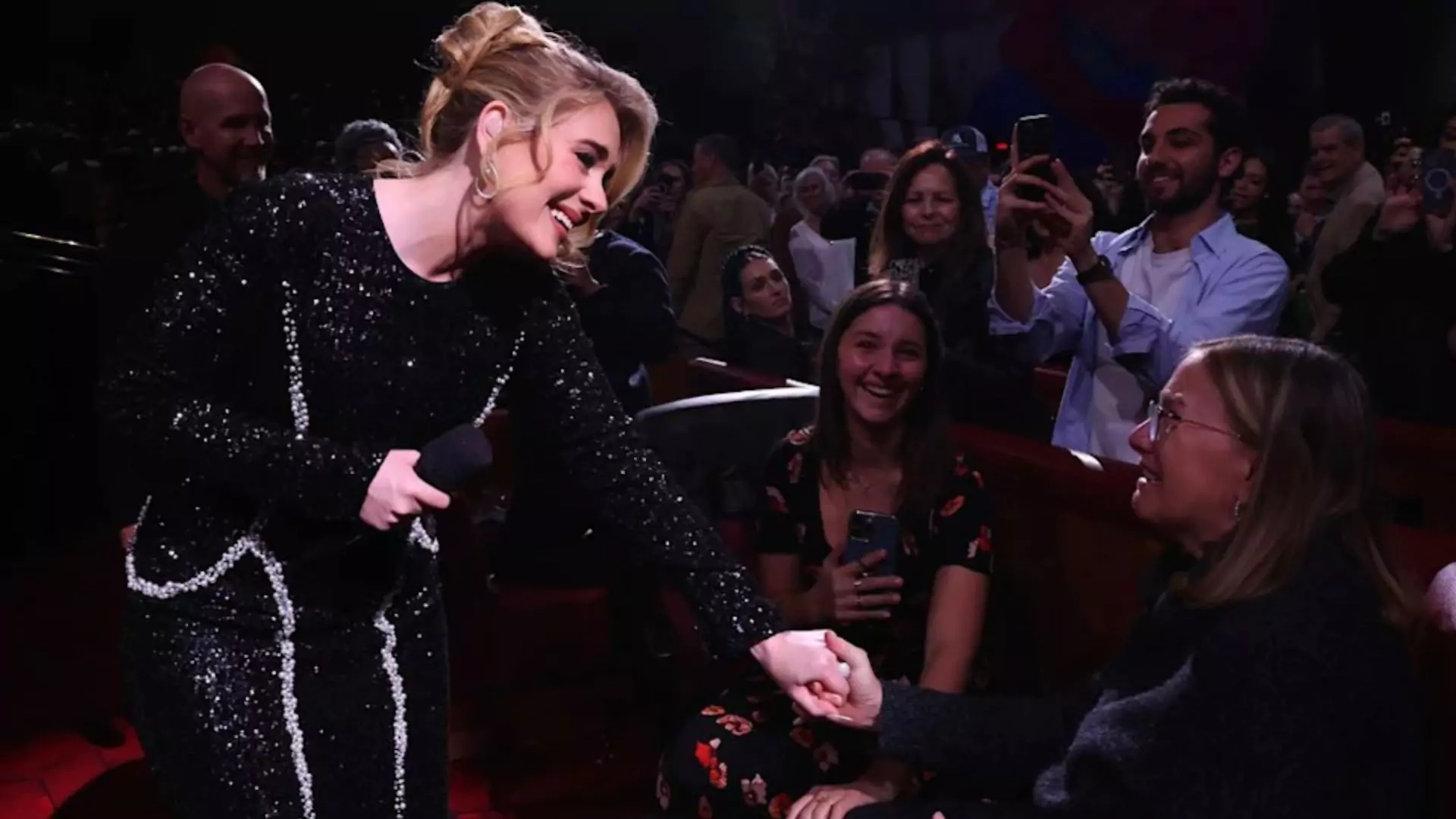Save articles for later Add articles to your saved list and come back to them any time. The quarrels of popes and kings, with wars or pestilences in every page; the men all so good for nothing, and hardly any women at all..
.” Catherine Morland’s dismissal of history in Jane Austen’s Northanger Abbey kept popping into my mind as I researched my novel, Rapture , set in the 9th century. Unlike poor Catherine I had access to a diverse range of texts, the more recent featuring plenty of women who were left out of history books for centuries.
Rapture ’s heroine, Agnes, would have been astounded to find any women in her own books. The few that did appear would almost certainly be saints, their lives lessons in piety and (usually violent) martyrdom. It’s not only that most medieval writers were men; it’s that, in western Europe and Britain at least, they were mostly monks working under royal patronage.
Their compositions tended to be chronicles of the times: quite literally the “quarrels of popes and kings”. Emily Maguire: “Women and girls of the past did not only make up half of the population, they lived half of the stories.′′ Credit: Sarah Wilson Compounding the problem, as Mary Wellesley writes in Hidden Hands: The Lives of Manuscripts and Their Makers (2021), the “vast majority of manuscripts produced in the medieval era” — by anyone, on anyone or anything — “perished through fire, flood, negligence or wilful destruction”.
“Whether forgotte.


















